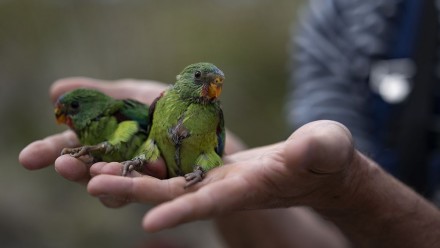Landscape rehabilitation projects (Environment, Farming & Society)
A range of post-grad projects that can be formulated to suit Honours, Masters or PhD.
The projects will focus on four main themes -
- Productivity – farm and natural capital, including soil health
- Hydrological – surface & sub-surface water balance & quality
- Ecological Function – diversity & abundance
- Social Capital – people, adapting to change and adopting new methods
Themes are underpinned by broad focus areas
- improve measures of hydrological function at multiple scales
This project is focusing on understanding the dynamics of the water movements and quality within the catchments.
- Be a catalyst for improving community engagement and cohesion within the catchment
This project is focusing on understanding how the MRI attitudes. approach can improve Social Capital , Landholder participation and landholder
- Significantly improve native floral and faunal diversity and abundance
This project is focussing on understanding the dynamics of the flora and fauna of the catchment.
- Improve farm productivity & productivity and soil health. profitability
This project is focusing on the combined adoption of Mulloon pasture management practices and catchment hydrology manipulation to improve: agricultural
- Landscape Function Analysis
- Bird Survey Analysis
- Satellite Analysis of Riparian Vegetation Cover
- Rapid Stream Appraisal
- Conduct and Assess Water Balance Model APSIM SoilWAT
- Assess soil water infiltration rates across the floodplains
- Soil characterisation and calibration of Sentek soil moisture sensors
- Satellite Analysis of Floodplain Vegetation Cover Change
- Satellite Analysis of Floodplain Vegetation Biomass
- Assessing catchment hydrology response to landscape rehydration actions
- Assessing climate station datasets to calculate important metrics for application for farmers
These can be done at various scales, including that of the catchment, property or subset management areas.










